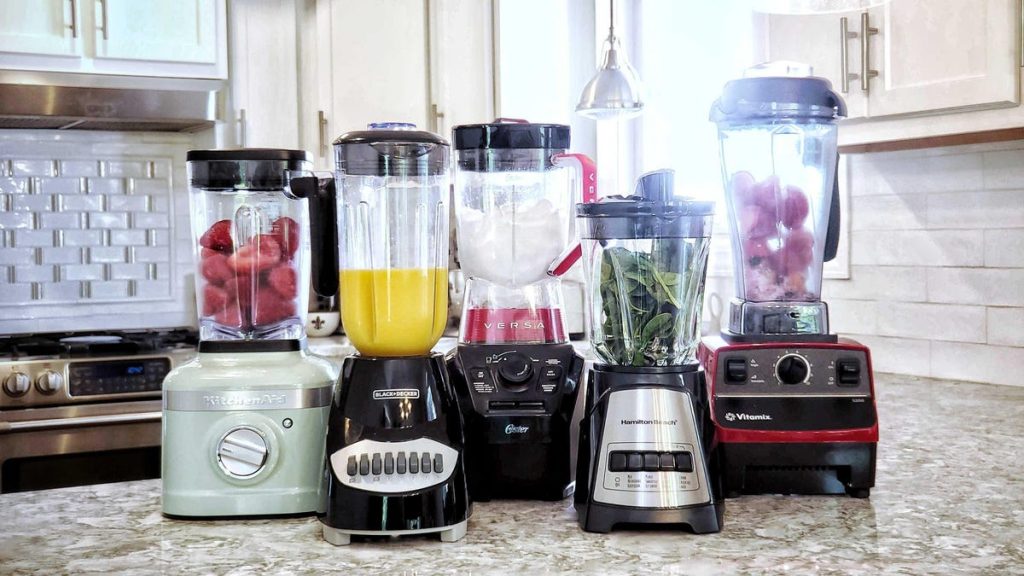Blender testing involves more than just making smoothies and crushing ice. It includes evaluating the capabilities of blenders with dry, large, and coarse ingredients. In a test of ice crushing power, the recommended blenders performed well by crushing ice cubes into fine, crushed ice with a certain number of pulses. Smoothie testing, another common blender recipe, focused on speed and consistency using orange juice and frozen strawberries. Most blenders yielded similar results, with some working faster than others.
Another test involved grinding dry ingredients, such as almond pieces, into fine flour using the blenders. Most models were able to accomplish this in about 10 to 20 pulses, although some yielded coarser results. Making nut butter was a different challenge as most blenders are not designed for the long running times and processing needed for nut butter consistency. Only one Vitamix model showed some progress towards almond butter, while others mostly whirred the ingredients into hard-to-wash crevices.
Blenders can also be used to shred cheese, with some models performing better than others in this test. While some blenders shredded cheese blocks in less than five pulses, others such as Vitamix models had difficulty and melted the cheese instead. Pancake batter mixing was also evaluated during testing to determine how easy or difficult it was for the blender to blend wet and dry ingredients. This test measures the blender’s efficiency in mixing different types of ingredients for various recipes.
Overall, blender testing involves a variety of recipes and ingredients to assess the capabilities of different blender models. From crushing ice to making smoothies, grinding nuts, shredding cheese, and mixing batter, these tests provide insights into the performance of blenders for various cooking and baking tasks. The results help consumers make informed decisions when choosing a blender based on their specific needs and preferences.


